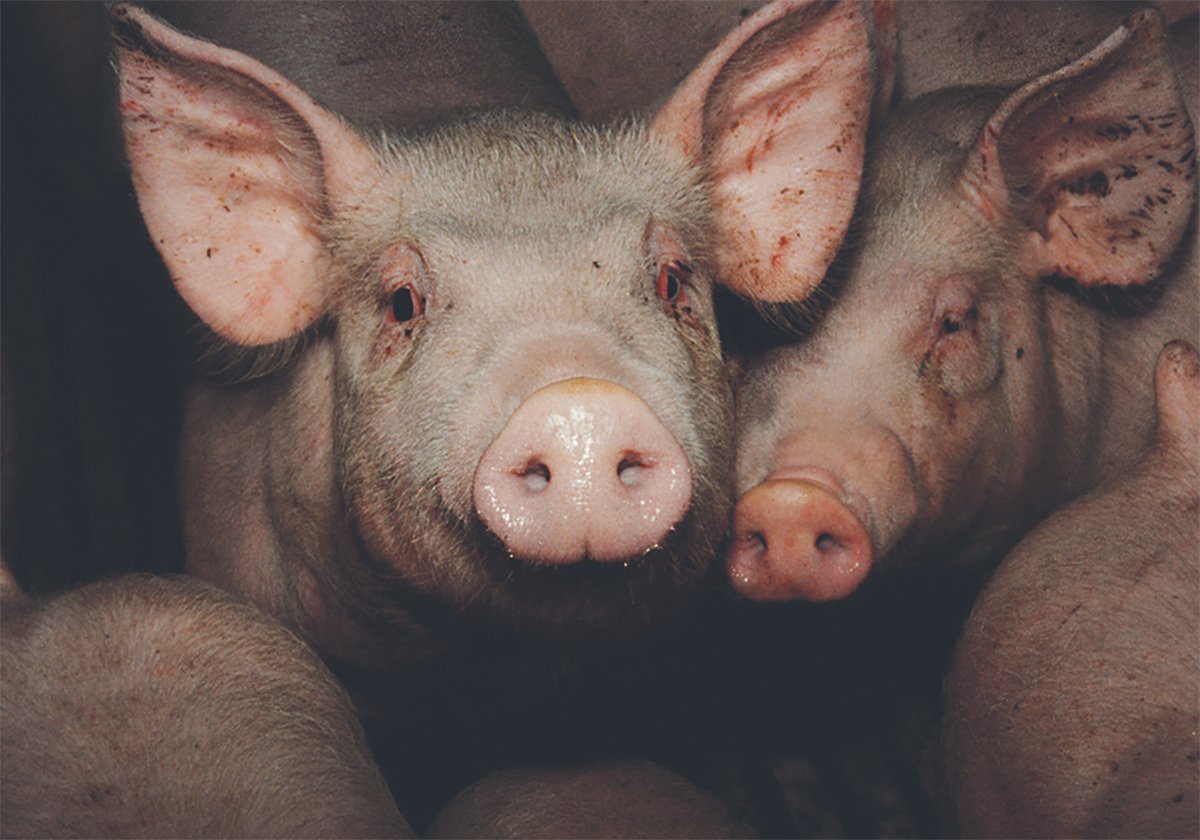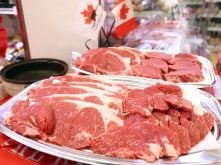If Canadian cattle exporters have to pay anti-dumping or countervail duties imposed by the United States, they will take the case to the World Trade Organization.
The industry is facing its greatest challenge since the hoof-and-mouth disease outbreak of 1952, says the Canadian Cattlemen’s Association.
“This whole case has taken on a completely unprecedented set of circumstances and events,” said Dennis Laycraft, executive vice-president of the association.
Trade action initiated by the U.S. has gone beyond sabre rattling. If Canada loses, duties could be imposed this year. And then the association would seek redress at the world level, he said.
Read Also

The Western Producer Livestock Report – October 30, 2025
Western Producer Livestock Report for October 30, 2025. See U.S. & Canadian hog prices, Canadian bison & lamb market data and sales insights.
“We are optimistic we will prevail but as we all know, curious things can happen in Washington, D.C. There are no guarantees,” said CCA president Ben Thorlakson.
At the Alberta Cattle Feeders Association annual meeting Feb. 26, he and Laycraft gave a progress report on the investigations facing Canada.
If the worst scenario happens and duties are applied on live cattle exports heading for the U.S., other industries could face similar action, said Thorlakson and Laycraft.
The Canadian Wheat Board figures largely in the countervail investigations because its monopoly is viewed as a possible subsidy to domestic grain users. If cattle are charged, then other livestock that eat grain could come under the same scrutiny, they said.
Anti-dumping legislation includes provisions that compare the selling price received in the U.S. against a constructed cost of production. If any cattle sold during the period of investigation are sold at a loss to the producer of greater than two percent, then the sales are deemed as dumping and anti-dumping duties could apply.
The Canadian industry has decided on a three-tiered strategy to reduce its vulnerability in trade actions like this.
It wants to improve sales in Canada, broaden its international markets outside of the U.S. and establish quality product identity in key U.S. markets.
For almost 10 years the Canadian industry has enjoyed considerable growth in the export of live cattle and beef, mostly to the U.S. Exports are valued at $2.7 billion and account for more than half of Canadian production.
The cattle have traveled south as feeder and slaughter animals, much to the chagrin of some producers in the northwestern states who blame these exports for their low prices.
“We have awoken the sleeping giant with our exports and he’s ornery,” said Thorlakson.
Protectionism is increasing in the U.S. Its industry has been bashed by low prices, bad weather and too much beef in a sluggish market competing against heavy supplies of other meats including pork. A strong American dollar has also made its beef less competitive on the world market.















